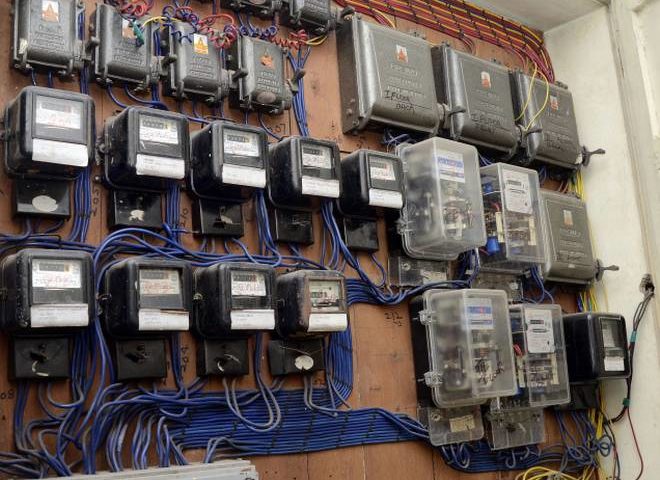The Union finance minister in her Budget speech on February 1, 2020, acknowledged that taking electricity to every household was a major achievement. She obviously was referring to the Saubhagya scheme that was launched on September 25, 2017 and envisaged complete electrification of all households (rural and urban) by December 2018.
According to information available on the Saubhagya official portal, a total of 262.84 lakh households have been electrified during the period October 11, 2017 (launch of portal) up to January 31, 2020. The total number of unelectrified households as of October 11, 2017 stood at 263.03 lakh, leaving just over 18,700 households unelectrified. For all practical purposes, the achievement under Saubhagya has therefore been 100 per cent. This is indeed commendable.
The finance minister acknowledged that the power distribution sector particularly the state government-owned distribution companies (discoms) were in financial stress. According to reliable estimates, the dues payable by discoms to power generators is currently to the tune of Rs.80,000 crore. The UDAY scheme has clearly not delivered the desired result.
The finance minister, in her Budget speech, urged the state governments and Union territories to replace conventional meters by smart prepaid meters over the next three years. The proposal of electricity going prepaid has been doing the rounds for the past one year or so, and it is hoped that there will be some traction in the near future. When it comes to smart meters, it is often felt that nationwide deployment of smart meters, per se, might not be a good idea. This is because an overwhelming majority of rural consumers might not really require “smart” features. These consumers are typically those that have threshold consumption. Further, there are several “dark spots” as far as Internet connectivity goes. This would mean that the “smart” features of the energy meters don’t really function. Prepaid meters without smart features would be the ideal solution, as it would also bring down the total cost of nationwide prepaid meter exercise.
Read more: Microgrids need policy attention
Ms Sitharaman also indicated that consumers would be allowed to choose their electiricty supplier. This implies that the government would need to first separate the “carriage” and “content” aspects of the power distribution business. “Carriage” is also referred to as “wire” and “content” as “supply”. This would mean that the state distribution utility will only look at the “carriage” or “wire” part of the business, which is essentially the power distribution infrastructure. The “content” or “supply” will be managed severally by service providers.
Even this separation has been under discussion for several years now. It is only hoped that this critical decision is implemented soon. This will be only the first step in the long journey of bringing much needed commercial efficiency to the power distribution space.
The author of this article, Venugopal Pillai, is Editor, T&D India, and may be reached on venugopal.pillai@tndindia.com. Views expressed here are personal.

